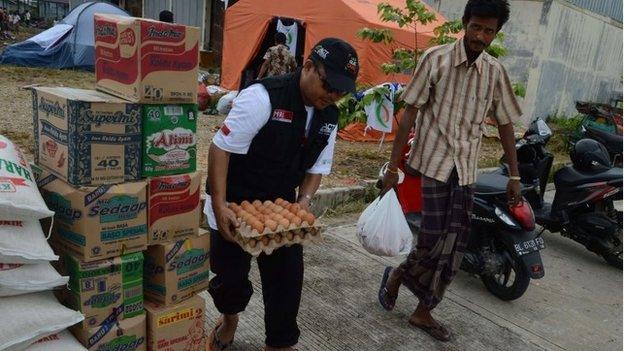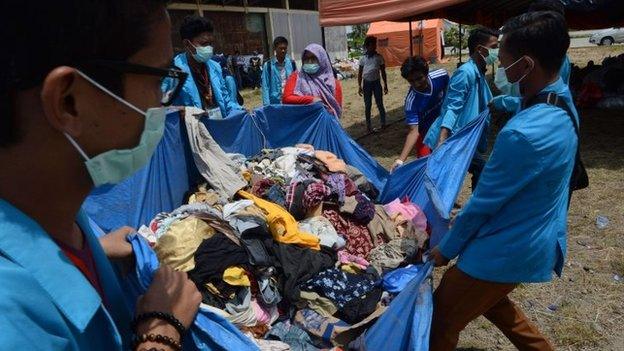The Indonesian villagers saving migrants
- Published
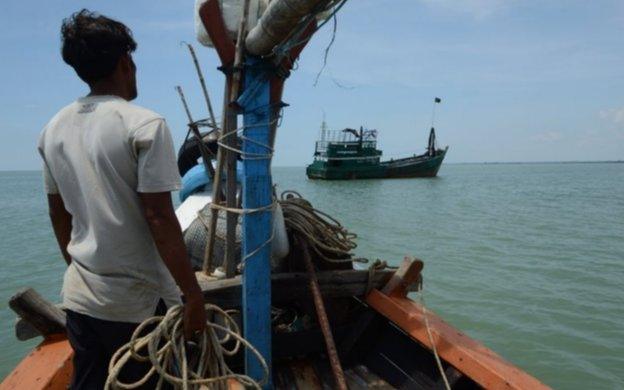
Aceh province in Indonesia has seen the highest number of Rohingya and Bangladeshi migrants land on its shores, many malnourished and in need of medical attention.
The UN Refugee Agency says that in the current crisis 1,396 people have arrived here, with about 430 more rescued on Wednesday.
The mayor of Langsa, one of Aceh's cities, told the BBC last week that city funds used to help were running low and the national government had not provided any money.
The BBC takes a look at how local people in Aceh have been stepping in to fill the gap.
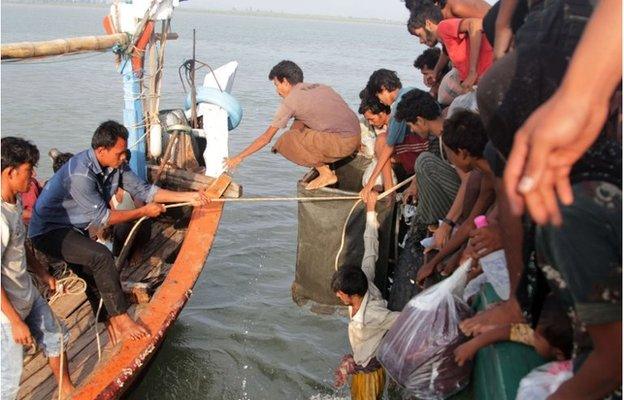
Some of the local fishermen have been using their small boats to rescue migrants from the water or from their sinking boats.
There are reports the fishermen have been told by authorities not to pick up migrants even if they are drowning.
However, the Acehnese fisherman appear to be rescuing migrants regardless, and are the first point of contact for those who have been adrift at sea for weeks.

Razali Puteh (not pictured), is one of the fishermen who spotted the migrants rescued on Wednesday from an overcrowded trawler. He said he was about 60 km (37 miles) off the coast of Aceh when he saw the vessel.
"When coming close, I was very surprised with what I saw on the boat,'' he told AP news agency.
"It was crammed with people ... I was speechless and breaking down into tears when watching them screaming, waving hands and cloth."
"I could not have let them die, because they are also human beings, just like me. I am grateful to be able to save hundreds of lives."
Once on land, those in need of immediate medical assistance are being taken to tents set up as hospitals.
The rest are taken to temporary housing, where locals have donated food, water, clothing and small amounts of money.
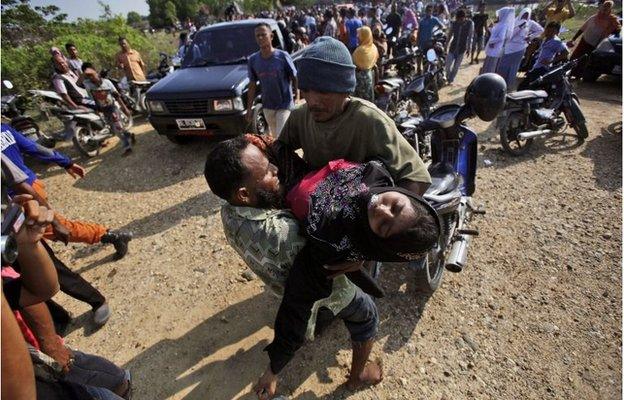
A migrant woman (above), carried by Aceh residents, was unconscious when she arrived in Simpang Tiga.
Residents in Langsa and the village of Julok have been giving rice from their paddy fields, vegetables and eggs, correspondents say.
They have been donating money for gifts for the children and schools have allowed the migrant children into classes.
Volunteers from different religious groups and local NGOs are also involved in the aid effort.
